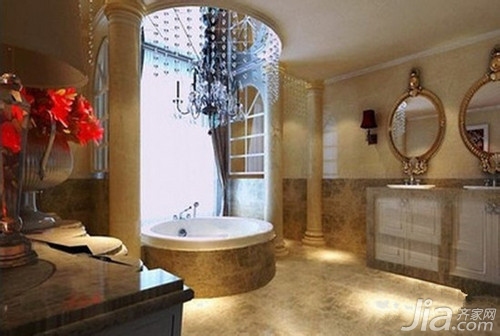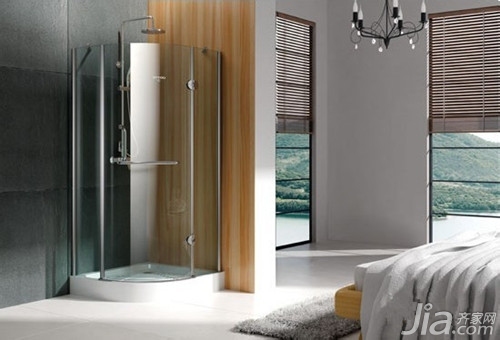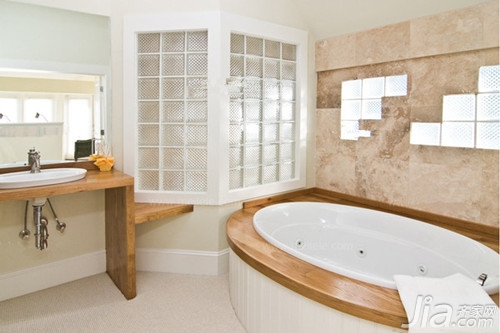Bathtubs are essential elements in bathroom design, and modern options come in a wide variety of materials and styles. From traditional to contemporary, the shapes and colors have evolved significantly, offering more choices than ever before. In addition to standard forms, you can now find geometric designs and even vibrant color options like blue or pink. But what materials are available, and which one is the best choice? Let’s explore together. 1. Acrylic Bathtub Acrylic bathtubs are made from synthetic organic materials, known for their lightweight, smooth finish, and affordability. They come in a wide range of shapes and sizes, making them a popular choice for many homeowners. However, acrylic has some drawbacks: it is not very heat-resistant, can be prone to scratches, and may yellow over time after three years of use. It also tends to collect dirt easily, and draining water can create some noise. Despite these issues, it offers good insulation and is cost-effective. 2. Steel Plate Bathtub Steel plate bathtubs are a classic option, typically made from a single piece of special steel that is stamped and then coated with enamel. These bathtubs offer good durability and a high level of resistance to wear and staining. The enamel surface is non-porous, making it easy to clean and less likely to hold onto dirt. While they don’t insulate as well as cast iron, they are more affordable and provide a balanced mix of performance and value. They are also relatively quiet during drainage compared to other materials. 3. Cast Iron Bathtub Cast iron bathtubs are heavy and often feature an enamel coating, giving them a luxurious feel. They are known for excellent thermal insulation, keeping the water warm for longer periods. However, due to their weight, they are difficult to move and install, requiring professional assistance. Their shape is usually simpler due to the casting process, and they tend to be more expensive. Despite this, they are durable, resistant to scratches, and maintain their glossy appearance over time. Drainage is generally quiet, making them a great choice for those who prioritize comfort and longevity. 4. Wooden Bathtub Wooden bathtubs, often made from solid wood such as cedar, provide a natural and relaxing bathing experience. They are known for their excellent insulation properties and deep design, allowing for a more immersive soak. These bathtubs are easy to clean and eco-friendly, but they require regular maintenance to prevent warping or leakage. They should be kept moist and protected from extreme dryness. While they are slightly pricier than other options, their aesthetic appeal and comfort make them a desirable choice for those looking for a unique, natural touch in their bathroom. 5. Ceramic Bathtub Ceramic bathtubs were once popular but have largely been replaced by more modern materials like acrylic and cast iron. They are heavy, fragile, and harder to clean, which has led to their decline in popularity. Today, they are rarely used in new installations, though some vintage or custom designs still exist. In conclusion, choosing the right bathtub depends on your personal preferences, budget, and bathroom layout. While some materials offer better insulation, others provide greater flexibility in design or affordability. It's important to consider both functionality and aesthetics when making your decision. Don't just go for the most expensive option—choose what works best for you. Still using your own money for home decoration? The Qi family offers installment plans with an ultra-low annual interest rate of 3.55% and a maximum loan of up to 1 million. Apply now and enjoy exclusive discounts! If you're interested in brand collaboration, content partnerships, or advertising opportunities, please send an email to: Bathroom bathtub space bathroom Stainless Steel Bowl Collecting Cart Stainless Steel Dish Collection Cart,Commercial Kitchen Dish Cart,Foodservice Bowl Handling Cart,Stainless Steel Buffet Bowl Cart Jiangmen Xinweijie Stainless Steel Products Co., Ltd. , https://www.xxdkitchenware.com

